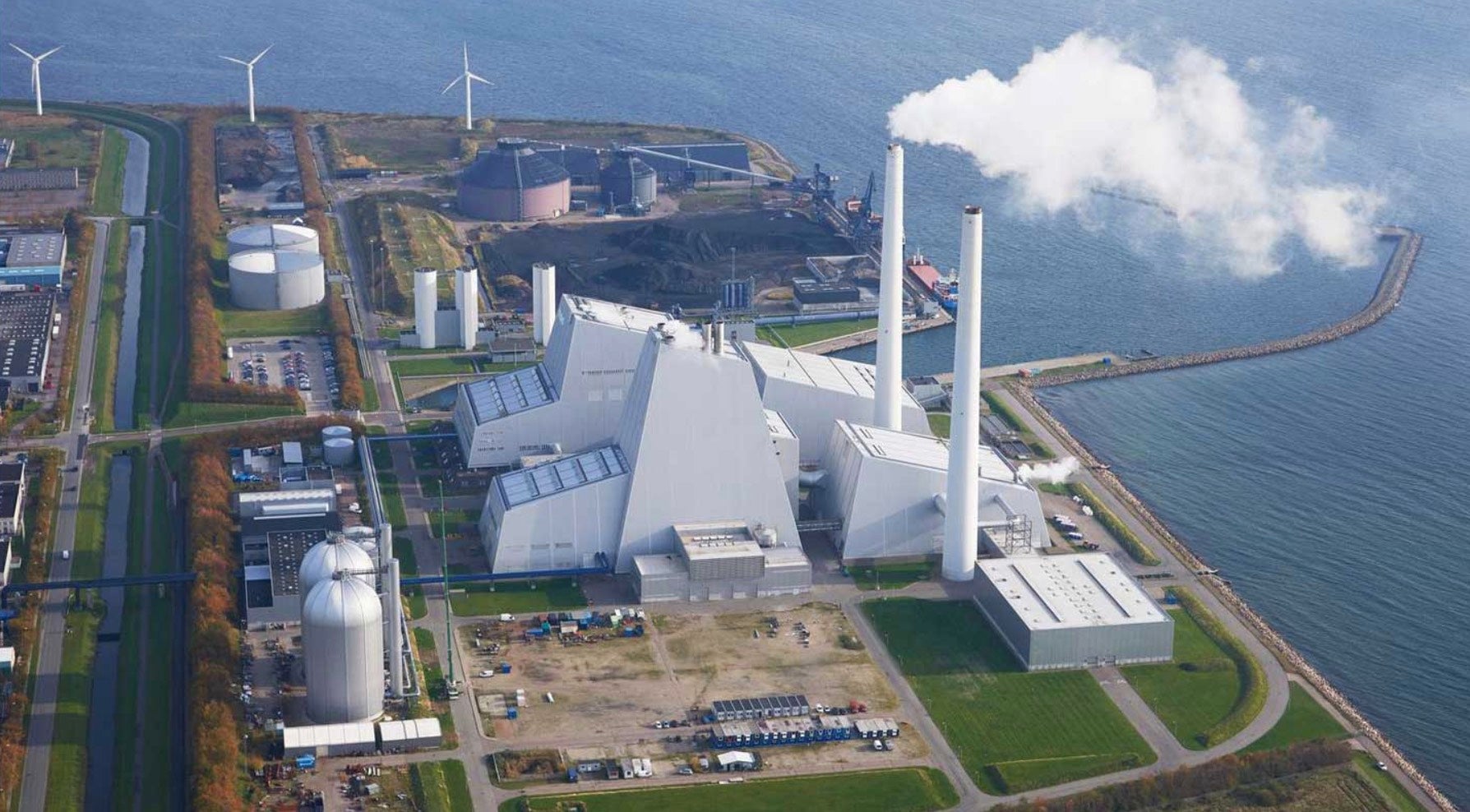
Danish renewables powerhouse Ørsted has won a 20-year contract from the Danish Energy Agency for its “Ørsted Kalundborg Hub” carbon capture and storage (CCS) project. The project involves installing carbon capture technology at the company’s wood chip-fired Asnæs Power Station in the Danish city of Kalundborg in western Zealand and at the Avedøre Power Station’s straw-fired boiler in the Greater Copenhagen area.
The Asnæs and Avedøre combined heat and power (CHP) plants will start to capture and store biogenic carbon in 2025, and will capture and store around 430,000 tonnes of biogenic CO2 every year from the start of 2026. The Asnæs Power Station will not only serve as a hub for the capture and shipping of Ørsted’s own biogenic CO2, but also for shipping CO2 produced by other emitters.
Microsoft has agreed to purchase 2.76 million tonnes of carbon removal over 11 years from the Asnæs Power Station, representing one of the world’s largest carbon removal offtake agreements to date.
By capturing the biogenic carbon from biomass-fired CHP plants and storing it underground, it is possible to not only reduce, but also remove CO2 from the atmosphere, as biogenic carbon from sustainable biomass is part of a natural biogenic carbon cycle. Commonly known as “bioenergy with carbon capture and storage”, or BECCS, the technology is not without controversy, however, having been at the centre of a number of biomass sourcing scandals in recent years.
Norway’s Aker Carbon Capture will provide the CHP plants with five of its “Just Catch” units, a modular and configurable technology that enables the production and deployment of carbon capture units. The captured CO2 will be shipped to the Northern Lights storage reservoir in the Norwegian part of the North Sea. The Northern Lights project will be completed in 2024 and is the most mature carbon storage site in the North Sea.
Ørsted's CCS project will also provide district heating in Kalundborg and the Greater Copenhagen area. The carbon capture process at Avedøre Power Station’s straw-fired boiler can regenerate approximately 35MW of surplus heat, and the Asnæs Power Station around 50MW of surplus heat — equivalent to the annual district heating consumption of 11,000 and 20,000 Danish households, respectively.
Ørsted expects to begin the construction of the carbon capture units next month.



